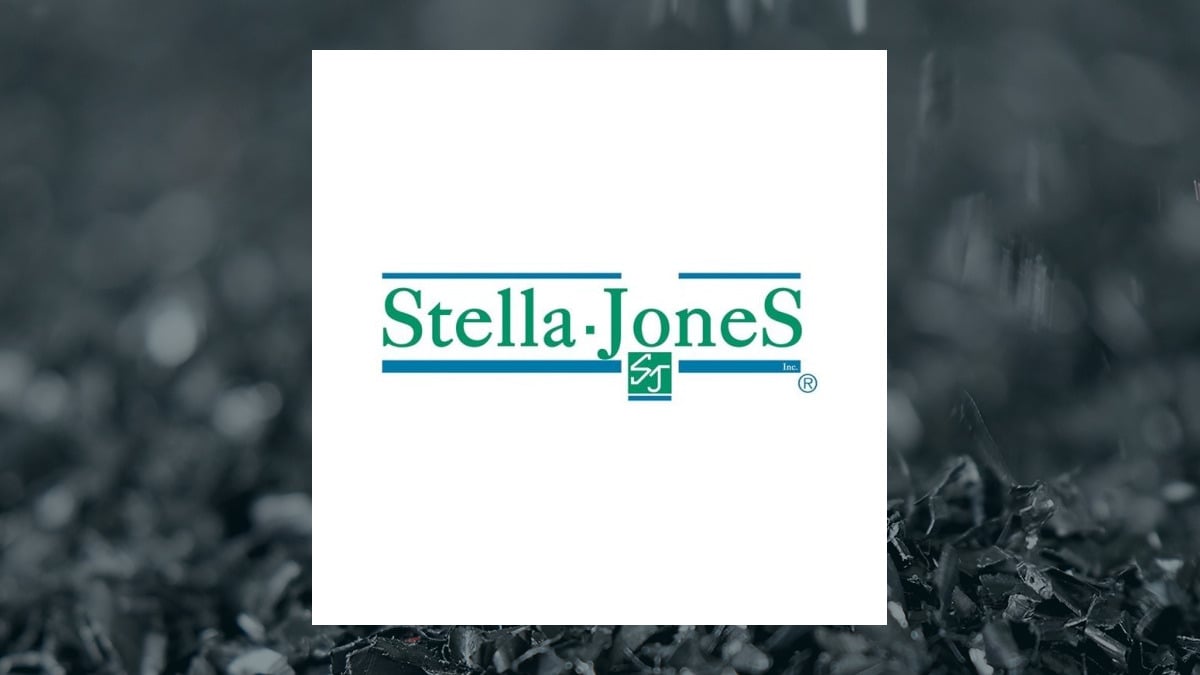The organization of oil-producing nations known as OPEC+, comprising eight member countries, announced on December 10, 2025, that it would pause its planned increases in oil production during the first quarter of 2026. This decision aims to mitigate concerns regarding a potential oversupply of crude oil in the global market.
In December, OPEC+ confirmed a modest output increase of 137,000 barrels per day, maintaining the same level of production growth that was previously established for October and November. However, the coalition stated it would “pause the production increments” from January 2026 through March 2026, attributing this decision to seasonal demand fluctuations, as the first quarter typically experiences weaker consumption.
Strategic Decision Amid Market Dynamics
The announcement reflects OPEC+’s cautious approach to managing oil supply amid varying global demand patterns. With the ongoing uncertainties in the energy market, particularly influenced by economic conditions in major consuming countries, the decision to halt output increases is seen as a proactive measure.
Saudi Arabia, the leading member of OPEC+, emphasized the importance of maintaining market stability. The kingdom has been instrumental in setting production levels and influencing oil prices on the international stage. By pausing further increases in output, OPEC+ seeks to prevent a scenario where excess supply could lead to a significant drop in crude prices, impacting revenues for oil-dependent economies.
The first quarter of the year often marks a slowdown in oil demand, primarily due to seasonal factors such as weather changes and reduced industrial activity. OPEC+ aims to adapt its production strategy accordingly, ensuring that it aligns with market conditions and consumer needs.
Future Projections and Market Reactions
Market analysts are closely monitoring OPEC+’s next moves, as the group’s decisions significantly impact global oil prices. The coalition’s strategy is particularly crucial as it navigates through a landscape of fluctuating demand and geopolitical tensions that can affect supply routes and pricing structures.
While the production halt may seem conservative, it underscores OPEC+’s commitment to avoiding drastic measures that could destabilize the market. By maintaining a balanced approach, OPEC+ aims to support prices and ensure sustainable revenue streams for its member nations.
As the first quarter approaches, stakeholders in the oil sector will be attentive to any further developments from OPEC+, particularly regarding how the organization plans to adjust its strategies in response to evolving market dynamics. The next meeting of OPEC+ is expected to provide further insights into production targets and strategies for the remainder of 2026.







